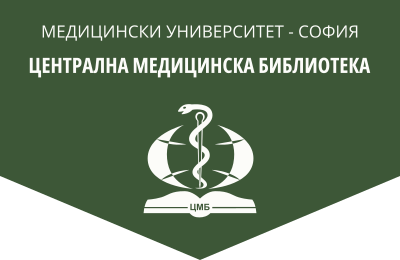Regional differences in demographic and health indicators in Bulgaria for the period 2001-2021
General Medicine, 2024, 26(1), 10-15.
E. Mineva-Dimitrova
Department of Social Medicine and Health Management, Faculty of Public Health, Medical University – Pleven
Abstract. The analysis of regional inequalities and disproportions in the development of the regions in the Republic of Bulgaria outlines the problems and identifies the potential for their improvement. This makes it possible to set strategic goals and implement measures to improve the well-being of the regions. The present paper is a theoretical and applied study. The aim is to provide an empirical study of the demographic state of the statistical regions in Bulgaria for the period 2001-2021 through discriminant analysis. It enables the prediction of the membership of units in one or more groups by constructing a discriminant function. The objects of observation are the events related to the natural movement of the population and the resource provision of the health system covering nine main indicators: birth rate (‰), death rate (‰), infant mortality rate (‰), natural population increase (‰), total fertility rate (average number of children), availability of hospital care (‰0), availability of physicians (‰0), dentists (‰0) and healthcare professionals (‰0).
Key words: regional inequalities, regional differences, discriminant analysis
Address for correspondence: Eleonora Mineva-Dimitrova, tel.: 064/884 278, +359 883 384 029
